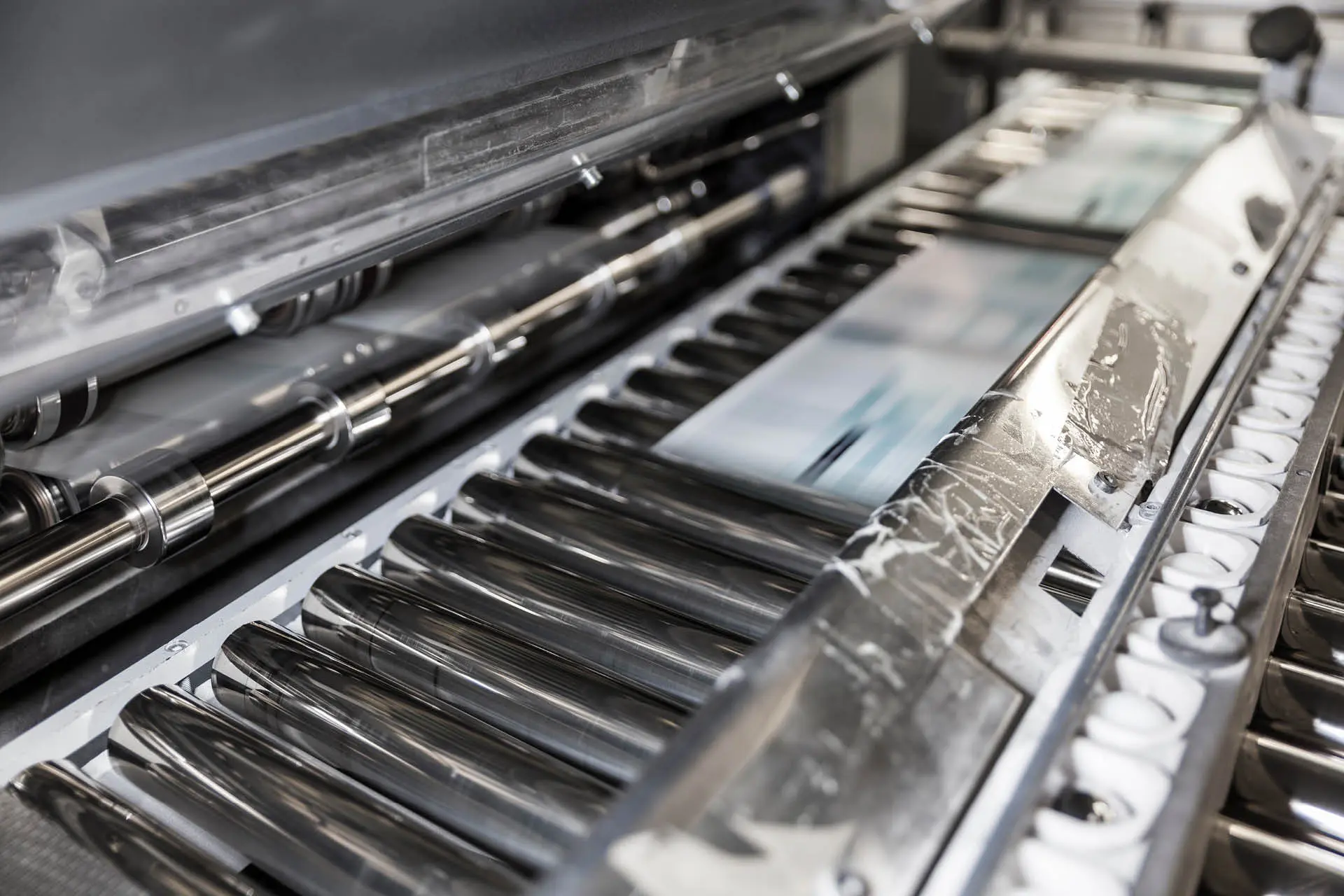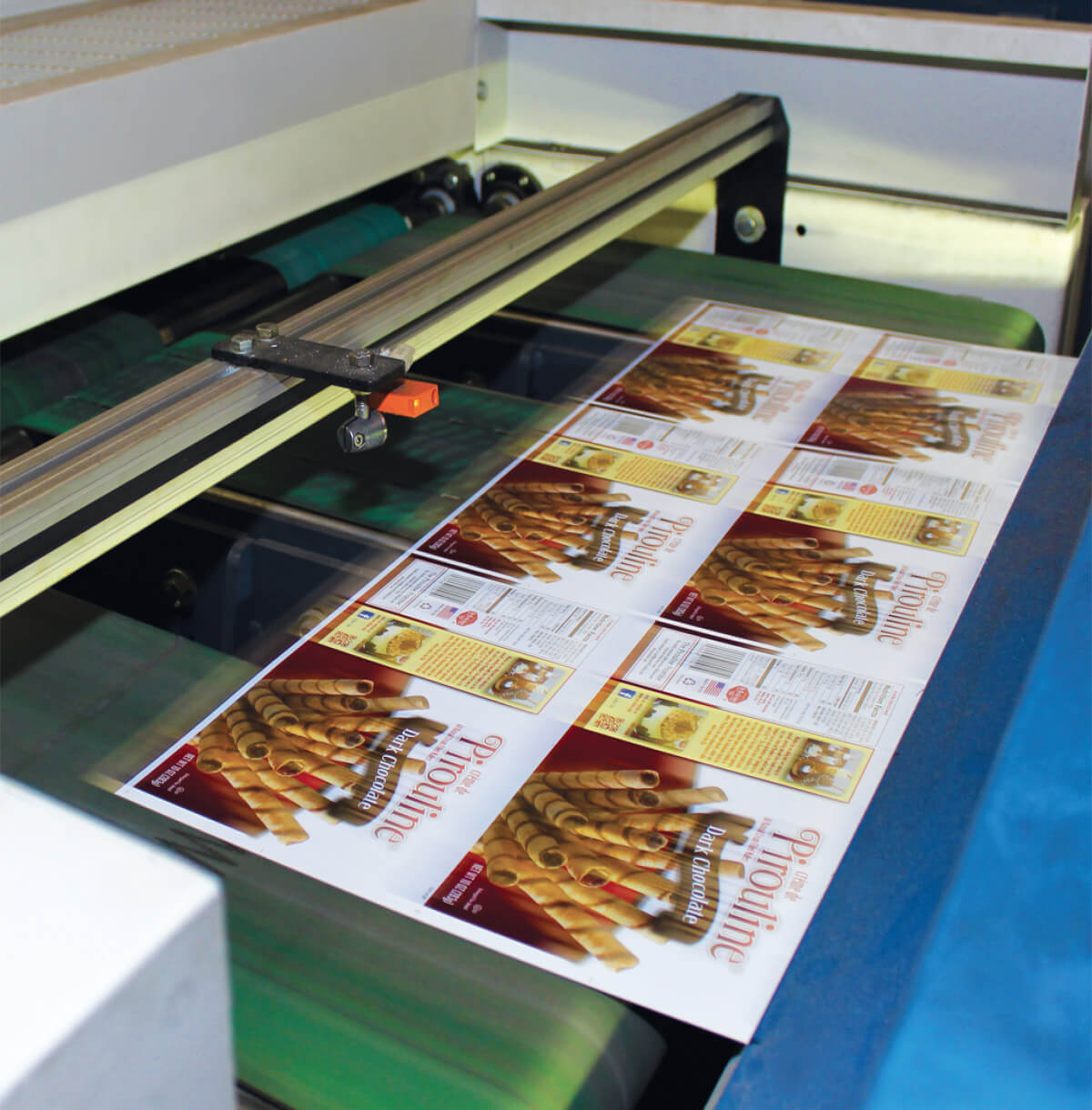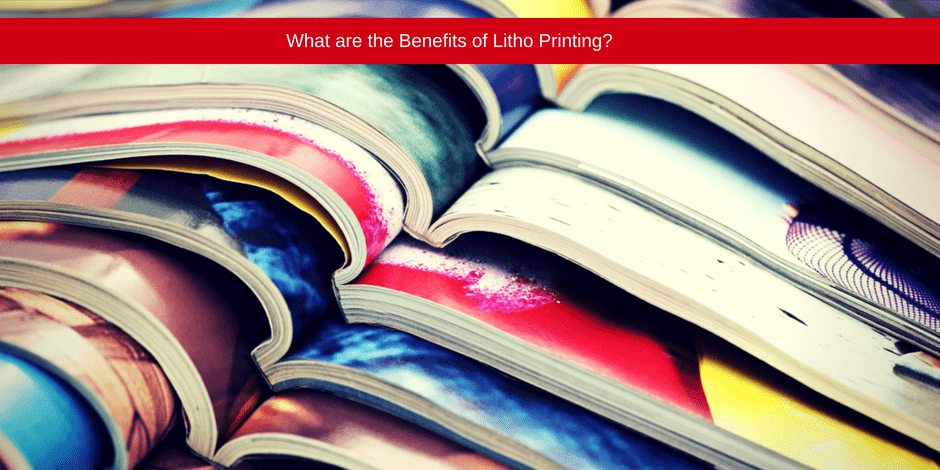Expert Tips for Getting the Most Out of litho printing
Expert Tips for Getting the Most Out of litho printing
Blog Article
A Comprehensive Guide to Comprehending Litho Printing Strategies
The world of litho printing, a method originating from the late 18th century, is a fascinating blend of background, scientific research, development and art. This detailed guide will certainly unravel the intricacies of this printing method, from the composition of litho inks to the difficulties dealt with in modern applications. As we venture into the complexities of lithography, the significance of automation and sustainability in guaranteeing its future significance becomes increasingly clear. Remain with us as we trip right into the fascinating world of litho printing.
The Historic Evolution of Litho Printing
The historic trajectory of litho printing, a crucial advancement in the world of communication, is an exciting tale of human ingenuity. Birthed in the late 18th century by Alois Senefelder, this strategy was initially an economical method of releasing theatrical works. Lithography, stemmed from the Greek words for 'rock' and 'to create', made use of a smooth rock surface to move pictures onto paper. The procedure developed with the introduction of the rotary press, which considerably enhanced productivity (litho printing). In the 20th century, the technology of offset lithography reinvented the industry, enabling mass manufacturing of top quality prints. Each stage of litho printing's advancement showcases mankind's ruthless search of effectiveness and quality in aesthetic communication.
Decoding the Scientific Research Behind Litho Printing Inks
Moving forward in the expedition of litho printing techniques, the focus now shifts to the science behind litho printing inks. The composition of these inks, their drying procedure, and shade mixing techniques form the foundation of this complicated art kind. Comprehending these components is critical to mastering the craft and attaining the desired print results.
Make-up of Litho Inks
In lithographic printing, the basic duty of litho inks can not be overstated. The make-up of litho inks differs depending upon its objective, however generally, they contain 2 main parts - automobiles and pigments. Pigments, the color-providing components, are finely ground fragments suspended in the lorry, a fluid that lugs the pigment onto the printing surface area. The automobile is a complicated blend of solvents, oils, and resins, which influence the ink's drying out time, bond, and gloss. Furthermore, various ingredients exist to boost specific homes like circulation, drying out, and resistance to ecological results. Each part plays an important part in the last print's top quality, making the specific formulation of litho inks a detailed scientific research.
Ink Drying Process
From the make-up of litho inks, interest transforms to the fascinating process of ink drying out. The drying out procedure is essential, as it affects the last print's top quality and durability. Two key approaches are utilized in litho printing: oxidative drying out and absorption. Oxidative drying out involves the ink reacting with oxygen in the air to create a tough, completely dry movie. This method supplies a resilient finish, but can be slower contrasted to absorption. Absorption, on the various other hand, entails the ink seeping right into the paper fibers, which is a much faster procedure but can lead to less lively shades. The option in between these approaches depends on aspects such as print speed needs, the paper type utilized, and the wanted finish.
Color Mixing Strategies
While the drying procedure plays an essential role in litho printing, the science of shade blending methods holds equal value. The science behind litho printing inks additionally takes right into account the openness of the ink, which influences how colors overlay and mix.
The Art and Style Aspects in Litho Printing
Litho printing breathes life into art and layout via its one-of-a-kind elements. The process entails developing a picture on a lithographic sedimentary rock plate or steel plate with a smooth surface area. The picture is then published onto a medium, usually paper, by transferring the ink from home plate. What sets litho publishing apart is its capacity to duplicate detailed styles with high fidelity, making the result nearly identical to the original art work. This is achieved via making use of different line techniques such as stippling, hatching, and cross-hatching, which enable for a series of tonal effects. Litho printing accommodates a variety of shades, making it possible for musicians to develop vibrant and dynamic prints. This combination of accuracy and flexibility makes litho printing a favored choice for several musicians and designers.
Modern Applications of Litho Printing Strategies
Litho printing strategies have located considerable usage in the contemporary industrial sector. Its impact and significance continue to expand with the development of new innovations and innovations in the area. This section will certainly discover these contemporary applications and the transformative role they play in the printing sector.
Industrial Litho Printing Uses
Litho printing continues to be a vital component of the industrial field. High-volume printing tasks, such as the these details manufacturing of publications, papers, and product packaging, count on litho printing for its capability to supply exceptional image quality and expense effectiveness. Litho printing additionally supplies a broad shade spectrum, remarkable to that of electronic printing.
Innovations in Litho Printing
Pressing the boundaries of standard methods, modern improvements have sustained a host of developments in litho printing. One prominent development is electronic litho printing, which combines the virtues of digital innovation with litho's high-grade output. These advancements emphasize the long-lasting significance of litho printing in the modern world.
Checking out the Process of Litho Printing: Detailed

Difficulties and Solutions in Contemporary Litho Printing

Regardless of the accuracy and tradition that litho printing proudly upholds, it is not without its collection of contemporary challenges. Digital litho printing allows for affordable short runs and very easy personalization, attending to the issue of variable data. Thus, while there are challenges, the litho printing sector is proactively adapting to satisfy them head-on, ensuring its relevance in the future.
Final thought
Finally, litho printing, with its abundant background and scientific details, holds a considerable place in the print sector. As the guide discloses, it's a synthesis of art and innovation, with modern-day innovations ensuring its site link importance. Nevertheless, the industry encounters obstacles that require innovative remedies, with a concentrate on automation and sustainability. The future of litho printing depends upon its capacity to adjust to these altering demands, affirming its enduring worth in an advancing market.

Report this page